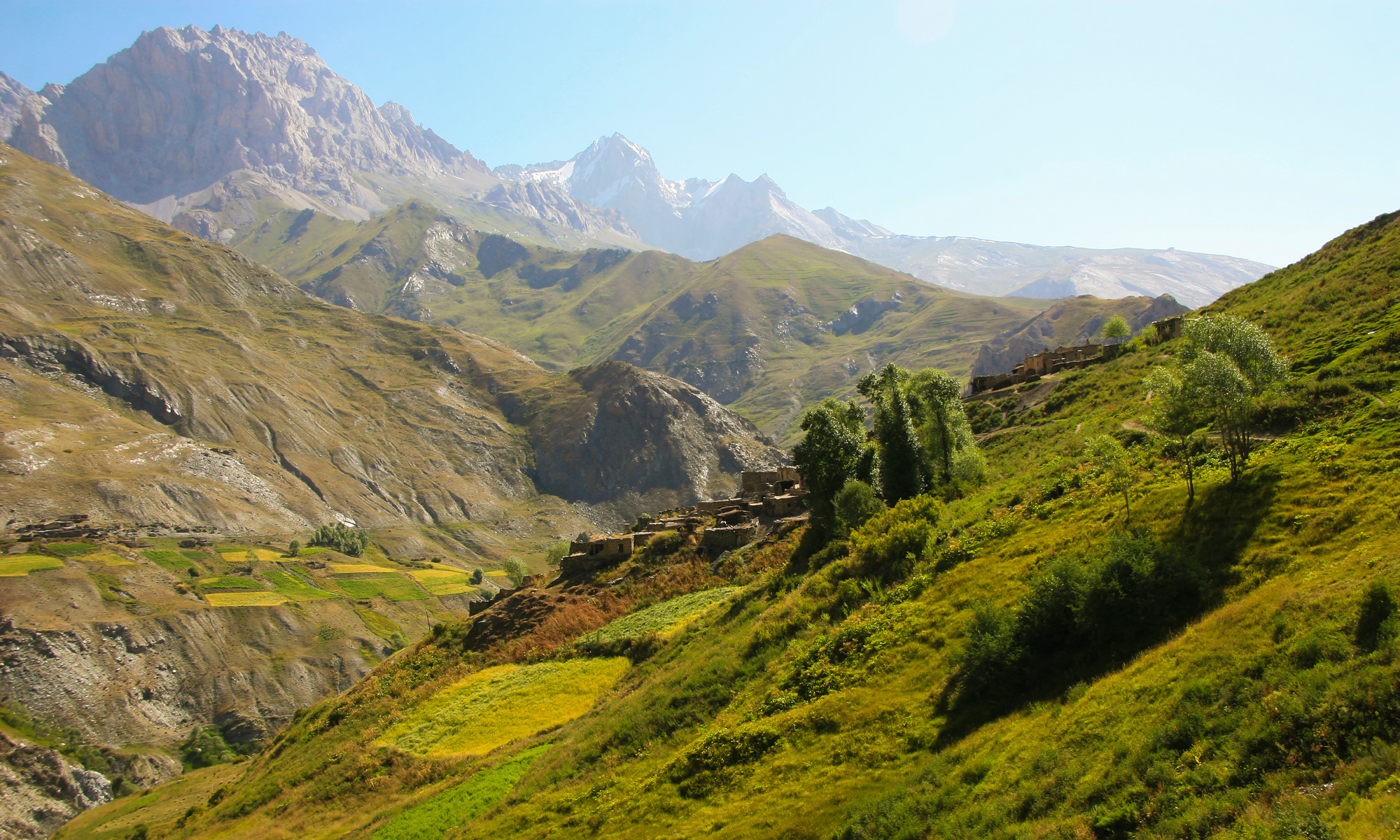In October 2007, a conference called “Ancient Sogdiana: Past, Present and Future” was held in Dushanbe. It brought together government officials, academics, community leaders, and people from the Yagnobi community. For two days, the Yagnob Valley was the main topic, focusing on how to protect its culture, promote sustainable development, and encourage cooperation. The results of the conference were seen as both bold and important.
However, in the three years after the conference, many of the main suggestions—like creating a Natural-Ethnographic Park, improving language education, and upgrading infrastructure—have not happened. This report examines what has been done since the conference and where things have not been completed.
What Happened After the Conference
The 2007 conference ended with a statement saying that the Yagnobi cultural and natural heritage needs to be protected by:
- Creating a Natural-Ethnographic Park.
- Developing educational materials in the Yaghnobi language.
- Investing in infrastructure.
- Improving cooperation between government bodies and Yagnobi communities. Although these goals were welcomed, especially by some development groups, progress has been slow and inconsistent.
The Yagnob Natural-Ethnographic Park
One of the conference’s clearest ideas was to create a Yagnob Natural-Ethnographic Park, a plan that was first thought of in the early 1990s. But so far:
- No official land has been assigned or legal rules put in place.
- Inter-ministerial coordination remains stalled.
- No specific funding or team has been assigned to manage the project. Even though feasibility studies were reviewed in 2008, changes in priorities and lack of funds from both the country and donors have stopped the plan from moving forward.
Language and Education
Conference attendees stressed the urgent need for school materials that teach both Yaghnobi and Tajik, especially for young children in the valley and in places where people have resettled, like Zafarobod. Since the conference:
- The Ministry of Education has not approved any official curriculum.
- Pilot projects remain in conceptual stages, with no ongoing field trials.
- Local groups have started their own initiatives, but without official help. Protecting the language heritage still mostly depends on families and older people, rather than organized government action.
Infrastructure and Public Health
Several suggestions from the working group on geo-ecology and infrastructure have not been acted upon. Key issues include:
- Roads to many valley areas are still unreliable, especially in winter.
- There is no permanent medical facility; mobile health services are inconsistent and lack resources.
- Limited investment in basic water and sanitation systems, especially in the resettled communities in Zafarobod.Recent health information shows problems with mothers and children’s health, nutrition, and managing infectious diseases. These ongoing issues continue to make resettlement and cultural preservation difficult.
Community Strength
Despite problems with official organizations, local efforts have continued:
- Families in the Zafarobod area are increasingly teaching the Yagnobi language and history to younger generations.
- Some schools have invited Yagnobi elders to help with cultural education, though unofficially.
- Young people in the valley are still very interested, especially in topics like identity, the environment, and their heritage.While these efforts are not officially recorded or funded, they are an important base for future improvements.
Key Constraints
Several factors hindered follow-through on conference outcomes:
- Administrative complexity: The Yagnob Valley spans multiple local jurisdictions, making unified policy difficult.
- Institutional fragmentation: No single agency coordinated post-conference efforts.
- Donor fatigue: By 2009, many supporting agencies shifted focus due to changing priorities.
- Limited legal frameworks: Slow progress resulted from a lack of formal recognition of intangible cultural heritage.
Outlook
While the 2007 conference successfully outlined a vision and generated interest, implementation proved challenging. However, the event’s legacy includes:
- Catalyzing new research and international interest in the Yagnob Valley.
- Affirming the cultural and historical value of Yaghnobi language and traditions.
- Creating a platform for community voices on a national level.
As of 2010, the Yagnob Valley faces a critical juncture. Progress requires: - Renewed political will from central authorities.
- Strategic cross-sectoral coordination.
- Stronger support for grassroots and community projects.
The Yagnobi people have demonstrated resilience amid institutional inertia. Their quiet efforts continue to preserve the intangible heritage that first drew global attention to this remote valley.
